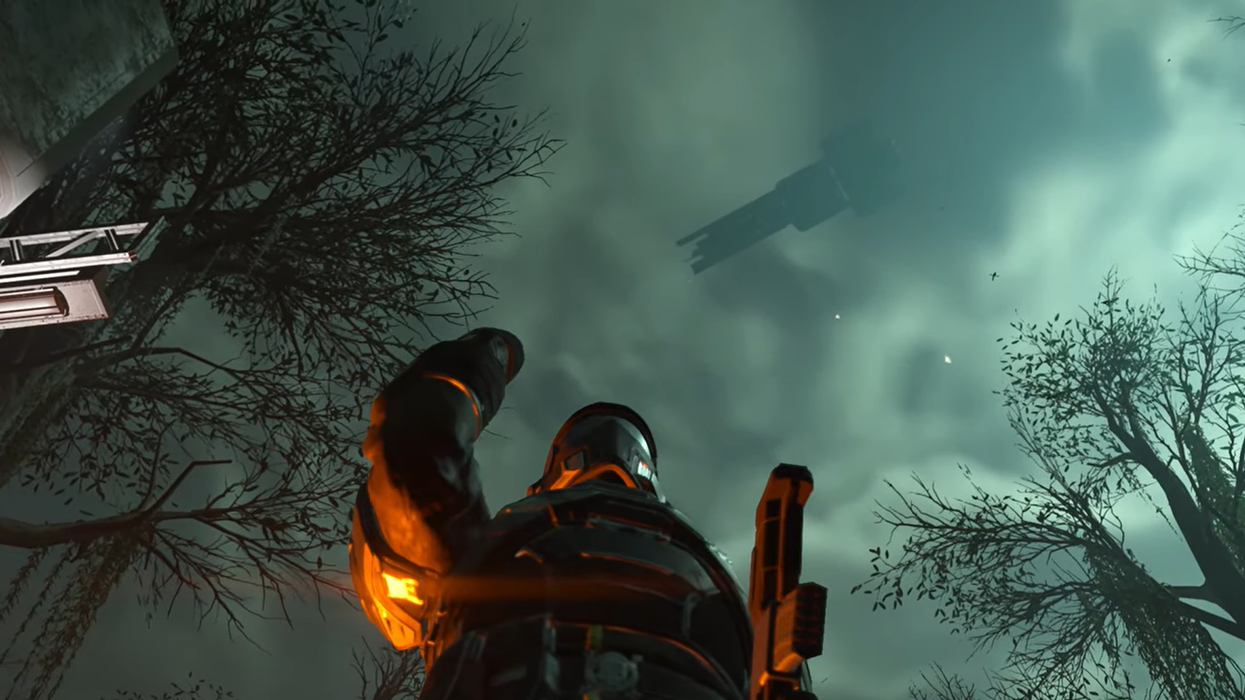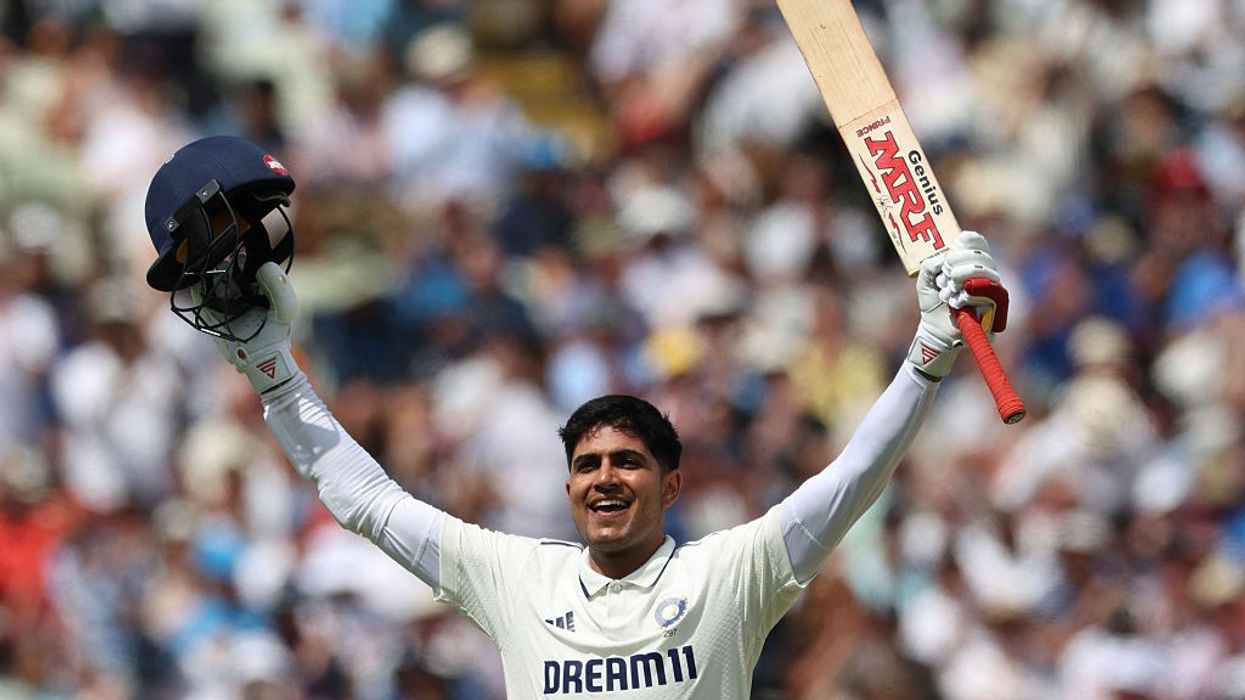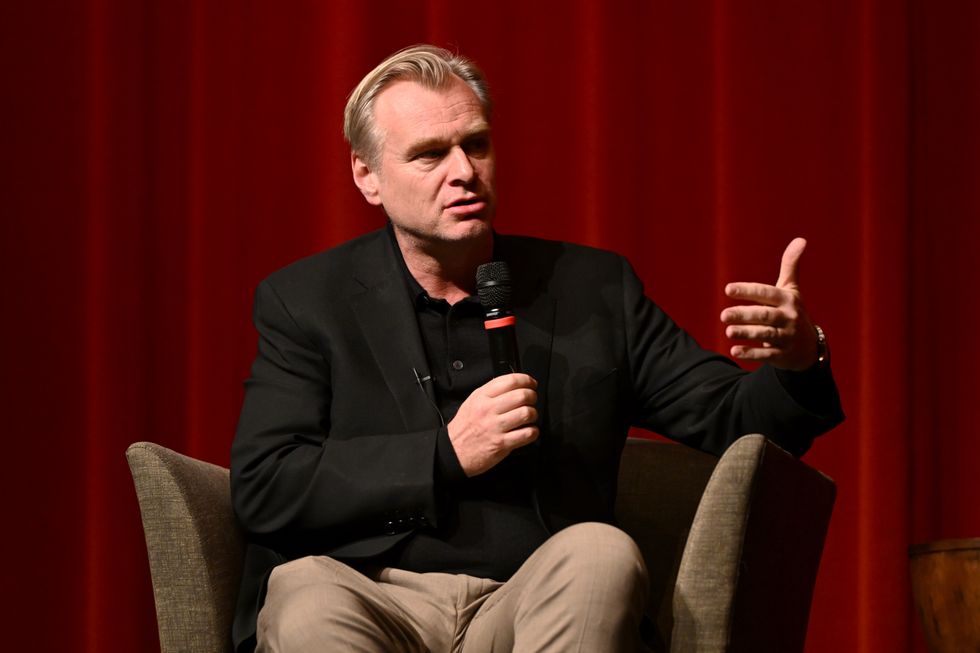The Lakme Fashion Week (LFW) and Fashion Design Council of India (FDCI) have unveiled the schedule of the upcoming five-day Delhi edition, which will see ace designers Tarun Tahiliani, Amit Aggarwal, Gauri & Nainika, and Anju Modi among others showcase their creations.
The upcoming edition of Lakme Fashion Week X FDCI is set to take place from October 11-15 at Pragati Maidan in New Delhi.
The event will open with a grand show, based on Lakme’s Glitterati collection, on October 10 at an offsite location. It will be presented by Lakme, FDCI, and Reliance Brands (RBL).
The line-up of designers for the fashion gala includes established talent such as Tahiliani, Aggarwal, Varun Bahl, Modi, Falguni Shane Peacock, Ashish N Soni, Paras & Shalini, Pankaj & Nidhi, Samanth Chauhan and Shivan & Narresh.
The platform’s talent discovery programs – INIFD Launchpad and FDCI x Pearl Academy will introduce promising talent to the fashion industry.
Harman Dhillon, Vice President, Hindustan Unilever Limited said they are delighted to announce the festive edition of Lakme Fashion Week x FDCI.
“This season, our theme – ‘Glitterati’, is an invitation to shine with unapologetic confidence and to be the star of your own story. Making this season even more special will be Lakme’s celebration of two design mavericks, whose distinct takes on fashion and femininity have made them icons in India and across the world,” Dhillon said in a statement.
The opening and closing designers are yet to be announced by the organisers.
Sunil Sethi, Chairman, FDCI, said their goal is to support both young and established designers.
“We are thrilled to make our return to New Delhi for this season’s Lakme Fashion Week in partnership with FDCI. As we continue to strengthen the platform, which serves as a showcase for the finest design talent in the industry, we are also upbeat about always elevating the business of fashion. Our goal is to support both young and established designers, fostering an environment that encourages innovation and creativity,” he said.
Jaspreet Chandok, Group Vice President, Reliance Brands said the upcoming edition will celebrate some of the most impactful and visionary creators from India and across the world.
“We are back with another power-packed schedule that will be a celebration of the remarkable design talent from India and across the world and curation of some of the most impactful and visionary creators. We are thankful for the support of our esteemed brand partners, and welcome new collaborators who are embarking on this exciting journey with us,” Chandok said.
All showcases from the five-day event will also be live-streamed across the platform’s streaming partners JioCinema and Jio TV and Lakme, LFW, and FDCI social media channels.


















 Christopher Nolan’s The Odyssey poster debuts in cinemas with exclusive teaser trailerGetty Images
Christopher Nolan’s The Odyssey poster debuts in cinemas with exclusive teaser trailerGetty Images